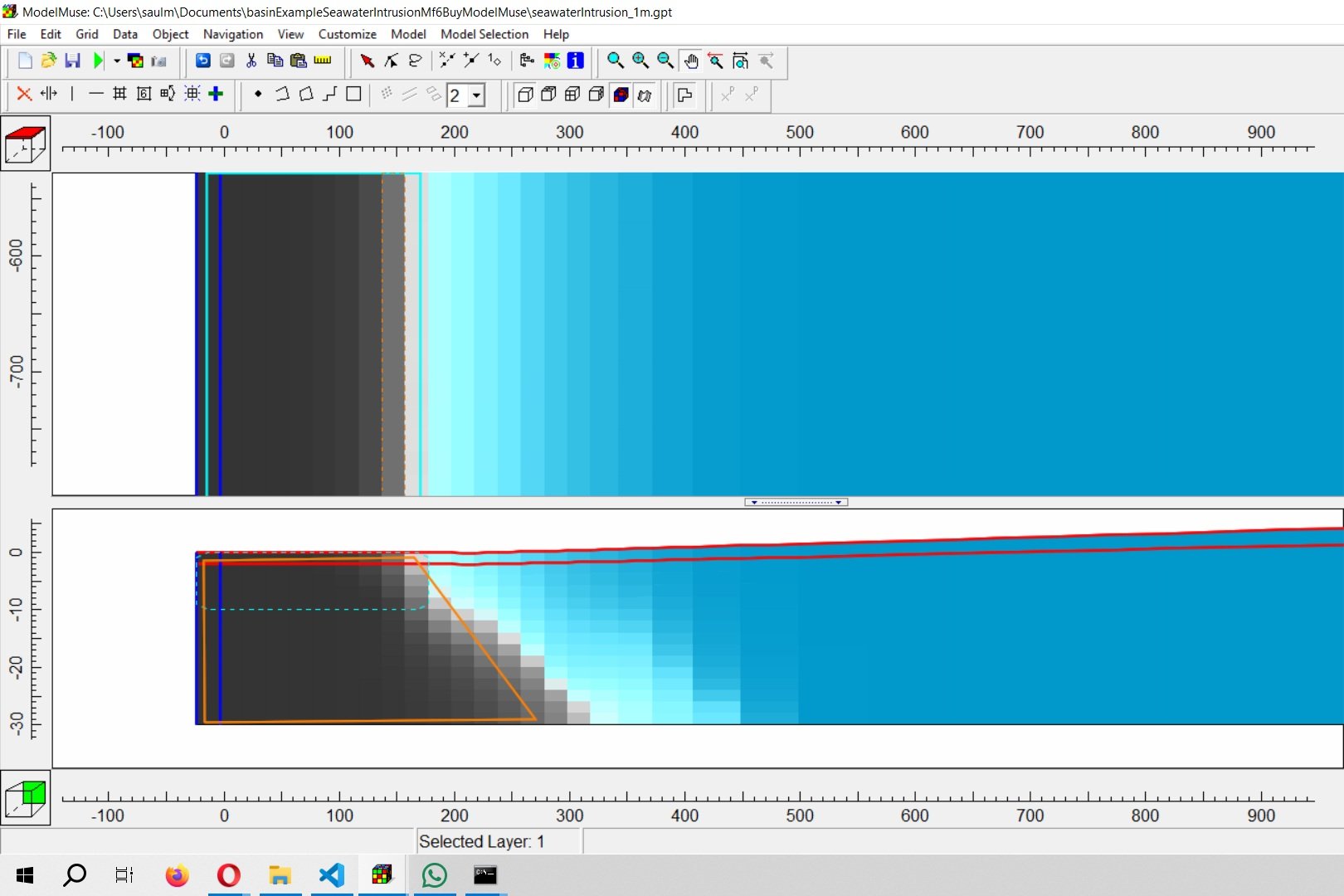Parameter Optimization Simulation for a Basin Model with HEC HMS
/Model optimization involves adjusting parameter values so that the simulated results match stream flows as closely as posible. The software have two different search algorithms for the optimization as well as a variety of objective functions to measure the goodness of fit between simulated and observed stream flow.
Optimization trials are quite simple to set up and compute. This tutorial show the complete procedure to run a optimization for a hydrological model on a andean basin.
Read More






















